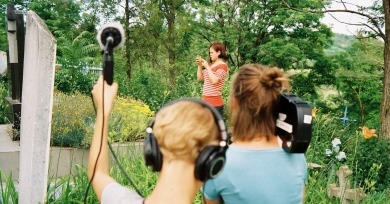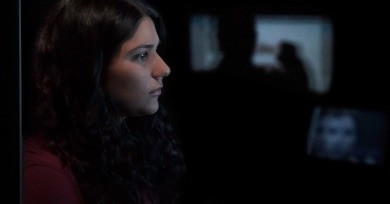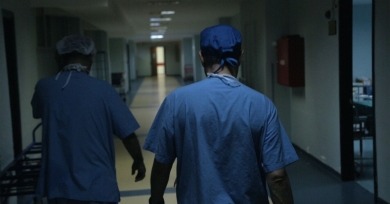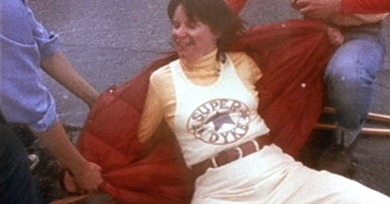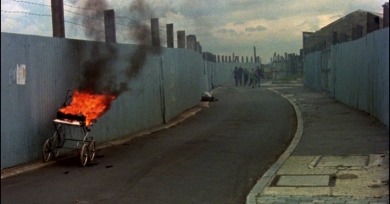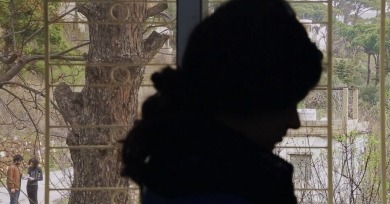At the Museum
Goings-on at Museum of the Moving Image
Both parties are prepared for today’s advertising landscape because of the shifts in party organization and campaign strategy that began almost seventy years ago.
We’re trying out something new this week, and switching to Wednesdays. Same time: 5:00pm. Now you can use Reverse Shot to help you get over the midweek hump! Next week, we are pleased to welcome The Criterion Collection's Andrew Chan and Metrograph's Aliza Ma.
“Documentary, through its earliest forms, is a colonial concept. The white man appears and then because he is the master, he unveils the story the way he sees it. He literally becomes the seer,” says filmmaker Marjan Safinia.
The corrections center actually functions as a reprieve for many of these women, who went from abusive childhoods straight into abusive marriages when they were as young as 12. The fact that a male filmmaker is let into this world shows their trust of him.
On the surface, the four films are vastly different in both subject matter and approach, yet an unexpected sense of unity forms when they are viewed together.
The subjects Skoog follows the closest end up on the fringes of group gatherings. As that world seems less stable, the implication looms that technology and industry irreparably threaten the land we still very much depend on.
Pia Hellenthal did not want Searching Eva to be slotted into one type of film, in the same way its subject seeks not to be pigeonholed into one identity.
For Eborn, the focus of Transnistra is more personal than political. “My work begins next to the character,” she said. “There’s a world around them that’s potent, it’s alive somehow. The inspiration comes from this person.”
"To try to approach this question I shouldn’t necessarily be looking only at the media or the makers of it, but rather at the eyes that see that media."
It is not interested in the hospital as a site of sickness. Tortum’s documentary is concerned with workers—the human element that can transform the moribund into a “festive” feeling—following the daily doings of surgeons, nurses, janitors, dieners, students, and professors.
Hammer craved ancestral knowledge. There were the early conquests of those who surrounded her. In later films, there was the unrequited challenge of women who came before her; these efforts endure most potently.
The tonal, visual, and thematic contrasts between these two masters of British filmmaking all seem to converge around their seemingly diametric views of mother England: a sober bulwark of civilization for Jennings; a largely hollowed-out husk for Jarman.
Gagnon makes work that’s legitimately punk as fuck—bleak, scabrous, and resounding with a madman’s cackle.
Toni Geitani’s debut feature focuses on the evanescence of historical and national memory as experienced by the first generation that did not see corpses lying in the streets but grew up surrounded by their ghosts.
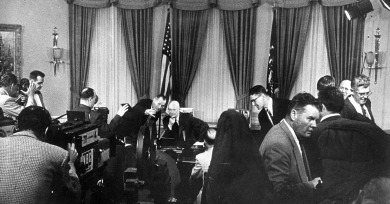
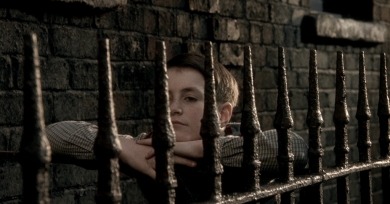
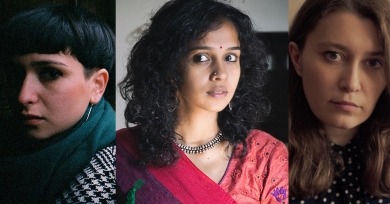
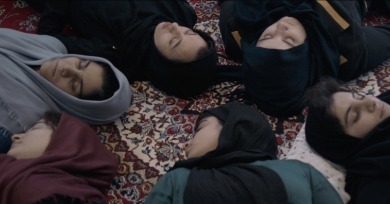
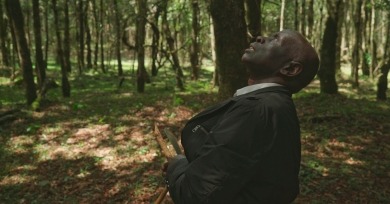
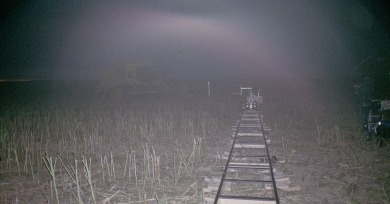
MazuchCORSO-390x204.jpg)
